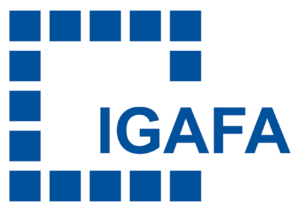MBI Colloquium: Frequency combs for sensible sensing
Max-Born-Straße 2A
12489 Berlin
Prof. Dr. Jean-Claude Diels | University of New Mexico, Albuquerque, USA
Frequency combs have enjoyed quite some notoriety in the area of metrology. The marvels of technology has made it possible to stabilize lasers so that you can beat independently generated combs against each others. We have shown [1] that very sensitive phase sensors (sensitivity to <10-8 radian) can be made with unstabilized lasers generating dual frequency combs (an anathema for big laser manufactors: no expensive ultrafast electronics required!). That was unfunded/unfundable research since it did not include the word “quantum” in the proposals. Fortunately, the Schödinger equation is ubiquitous, and describes the operation of the laser generating two frequency combs. Thus the massive tools of quantum mechanics can be, and have been applied to this system for enhancing its sensitivity. This contributed to massive deforestation with the discovery of “exceptional point” enhancement of sensitivity. Unfortunately, we have shown [2, 3] that the phase amplification at exceptional points comes with a larger noise amplification, making the practical implementation of this concept questionable. The use of resonant dispersion inside the mode-locked cavity offers another interesting possibility to manipulate – and amplify – the phase response. Rather than to attempt amplification of the phase response, one can improve the performance by reducing the noise. Our best phase sensitivity achieved with unstabilized laser is only an order of magnitude above the quantum limit. We will show how squeezing techniques can be called to the rescue (nowadays, “squeezing” is not longer associated with hugs...). References [1] L. Arissian and J.-C. Diels. Intracavity phase interferometry: frequency comb sensors inside a laser cavity. Laser & Photonics Rev, 8:799–826, 2014. [2] Luke Horstman, Ning Hsu, James Hendrie, David Smith, and Jean-Claude Diels. Exceptional points and the active laser gyroscope. Photonics Research, submitted, 2019. [3] D. D. Smith, H. Chang, L. Horstman, and J.-C. Diels. Parity-time-symmetry-broken gyroscopes: lasing without gain and subthreshold regimes. Optics express, submitted, 2019.

Hinterlasse einen Kommentar
An der Diskussion beteiligen?Hinterlasse uns deinen Kommentar!